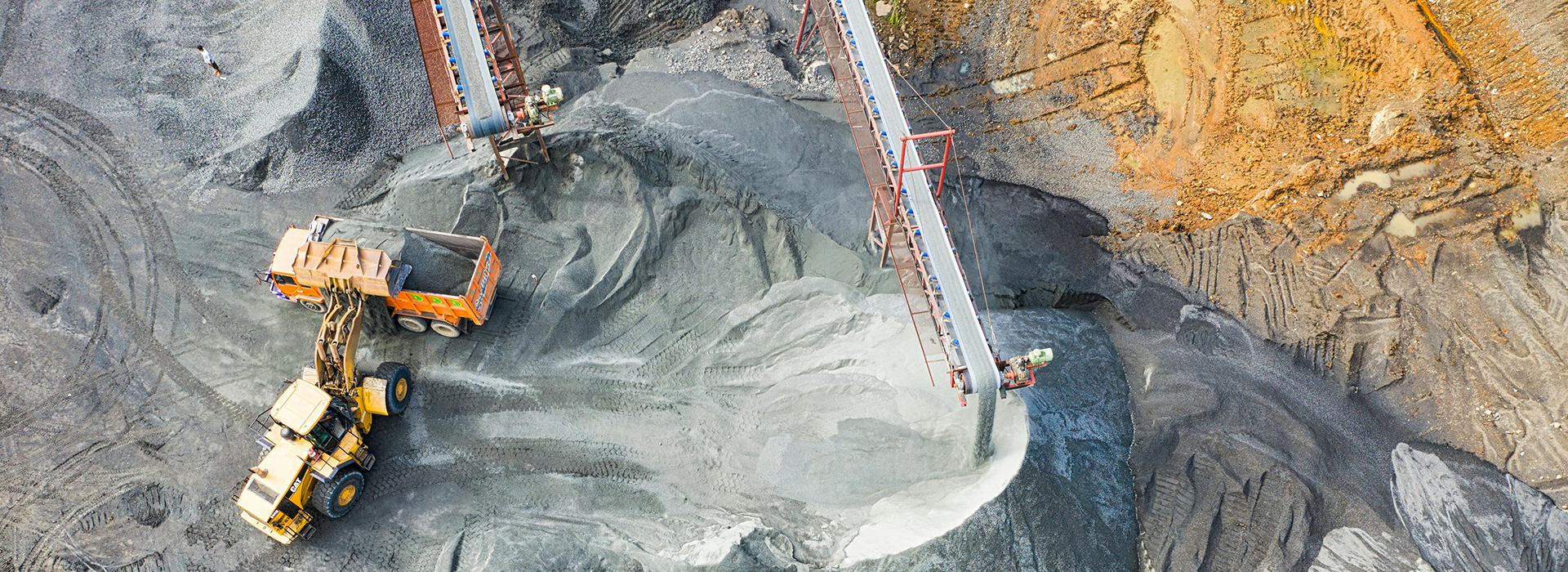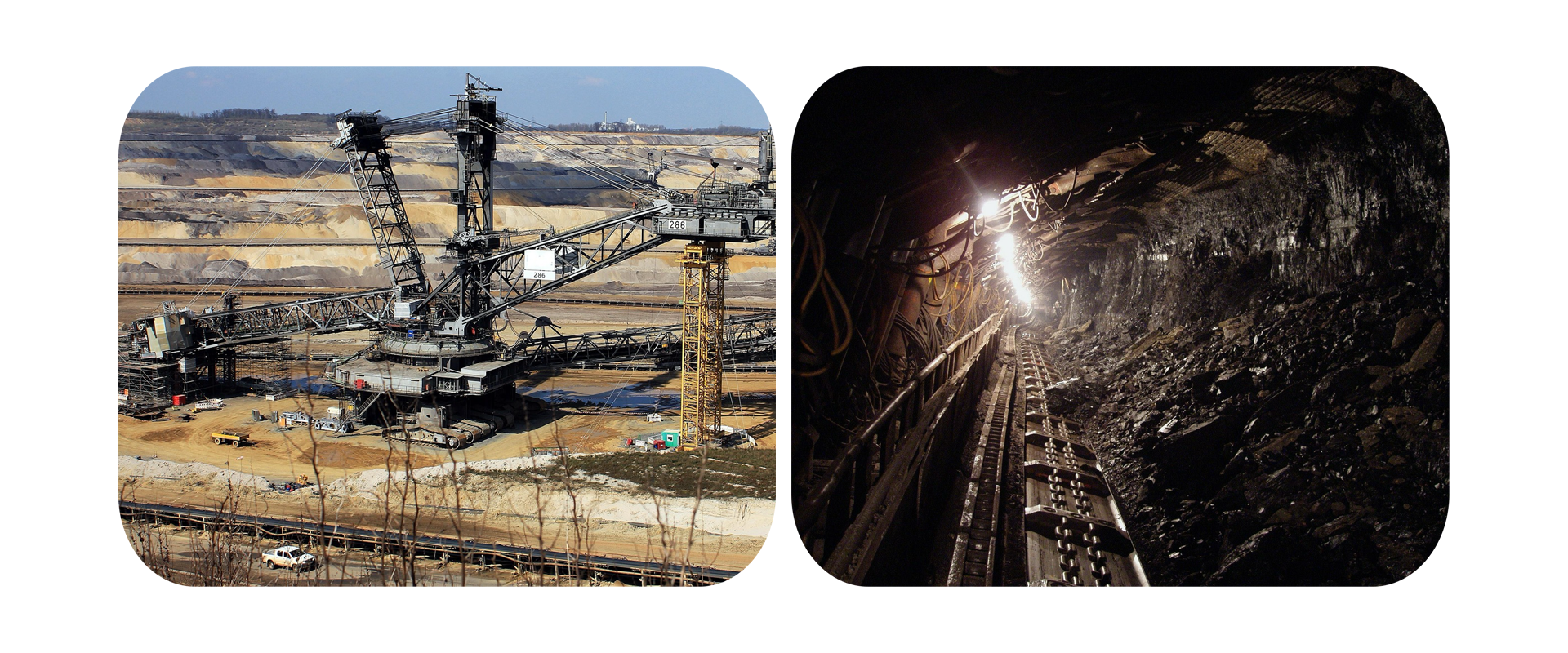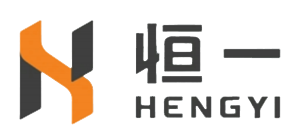
An in-depth analysis of the engineering of rubber belts for machinery
2025-10-02 14:48We will deepen and differentiate the article from the following dimensions to make it a truly technical industry guide:
1. An in-depth analysis of the engineering of rubber belts for machinery. We will go beyond the general introduction of rubber belts for industrial machinery and delve into the material science and structural engineering behind their performance.
(1) Material selection and performance curves.
Tensile strength and skeleton layer: Why do our conveyor belts have high tensile strength? Because we use a high modulus EP (polyester/nylon) skeleton layer. We will explain the meaning of "modulus" - it determines the elongation of the conveyor belt under load, which is directly related to the tension and stability of the system. The microscopic world of rubber formulations: Introducing the key ingredients in rubber formulations, such as carbon black, vulcanizers and antioxidants, and explaining how they affect the wear resistance, oil resistance or heat resistance of conveyor belts. For example, how the unique molecular structure of oil-resistant nitrile rubber (NBR) resists the erosion of hydrocarbon substances and prevents the belt from swelling and aging.
(2) Jointing process: the "lifeline" of conveyor belts.
Hot vulcanized joints and mechanical buckle joints: Why do professionals prefer hot vulcanized joints? We will compare the advantages and disadvantages of the two joint methods. Hot vulcanized joints provide a nearly seamless connection that can reach more than 90% of the strength of the belt body itself, thereby extending the service life and reducing operating noise. Although mechanical buckle joints are quick to install, their sensitivity to dynamic loads, potential wear risks and their impact on cleaner performance are important factors that need to be considered.
2. Geometry and mechanical principles of special conveyor belts.
The value of Chevron rubber belts and V-guide conveyor belts lies not only in their appearance, but also in the mechanical design behind them. We will reveal the engineering principles behind their functions.
(1) Chevron rubber belts: Friction mechanics of inclined conveying.
Critical conveying angle: We will introduce the concept of ;angle of repose; and explain why ordinary flat belts cannot convey materials on inclined surfaces exceeding this angle. We will explain the design purpose of the Chevron rubber belt - to form a physical baffle through geometric structure, greatly improving the friction coefficient between the material and the belt body, thereby achieving climbing conveying that exceeds the material repose angle, breaking the convention. We will list how different pattern heights and spacing match the conveying needs of materials of different particle sizes.

(2) V guide conveyor belt: mechanical balance with precise positioning.
Forced tracking and mechanical self-calibration: The core principle of the V guide conveyor belt is "forced tracking". We will explain how it forms a precise match with the V-shaped guide groove on the roller or frame, converting any lateral deviation of the conveyor belt into a corrective force along the axial direction. This mechanical balance ensures that the conveyor belt can always remain centered even under lateral loads or high-speed operation, eliminating deviation. We will also emphasize that the welding strength and precision of the guide bar are the key to its performance.
3. From accessories to system optimization: building a trouble-free conveying ecosystem.
We will elevate roller conveyor accessories to the level of "system optimization" to show customers that we provide not only parts, but also a commitment to the trouble-free operation of the entire system.
(1) Rollers and Pulleys: Tribology and Lagging Technology.
Lagging on Drive Pulleys: Explain how lagging technology (lagging) reduces energy consumption and extends belt life by increasing the coefficient of friction and preventing belt slippage. We will compare the advantages and disadvantages of different lagging patterns (such as diamond and herringbone) and how they affect the cleaning and dirt removal performance of the belt.
(2) Rollers and Impact Beds: Absorbing Shock and Extending Life.
Energy Absorption of Buffer Rollers: At the material loading point, ordinary rollers are easily damaged by high-intensity impacts and cause the belt skeleton layer to break. We will introduce the design of buffer rollers - how multi-layer rubber rings effectively absorb impact energy and disperse impact force, thereby protecting the conveyor belt and system structure.
(3) Cleaners: The cornerstone of preventive maintenance.
Primary and Secondary Cleaners: Explain the key role of cleaners in maintenance. How a well-designed cleaning system removes belt residue and reduces wear on rollers, rollers, and return belts, significantly reducing maintenance costs and downtime. We provide more than just parts; we deliver system solutions based on deep engineering expertise. Each of our products undergoes rigorous engineering design and rigorous quality control, ensuring you the most reliable and robust support for your industrial production.
